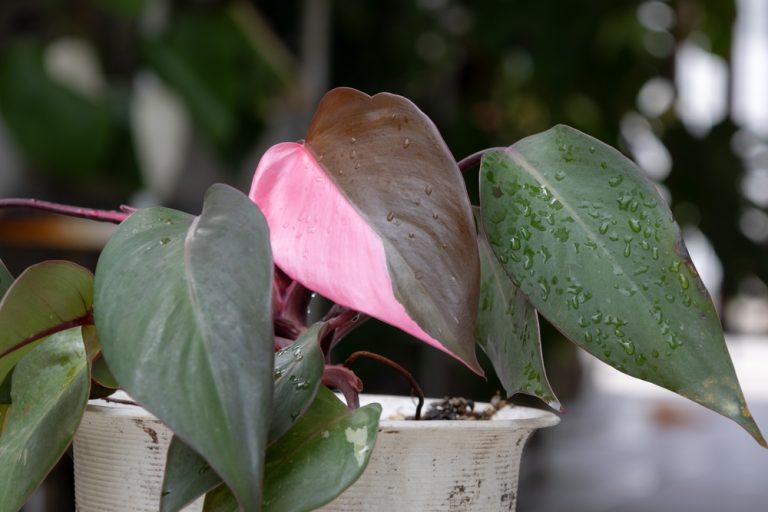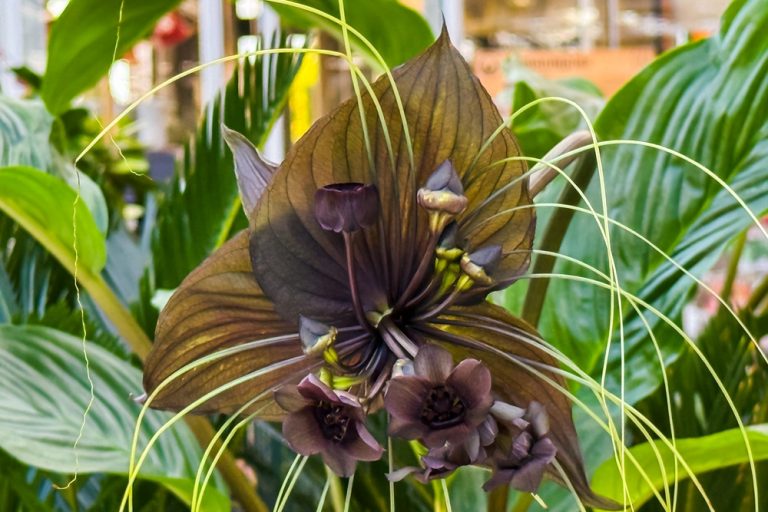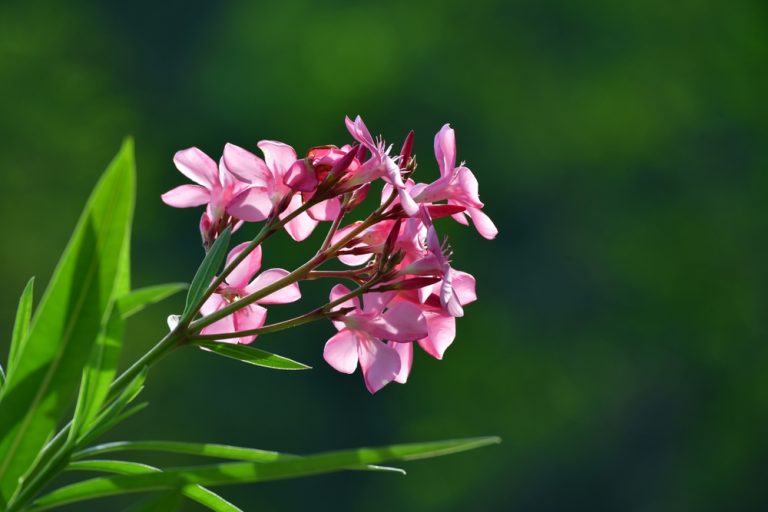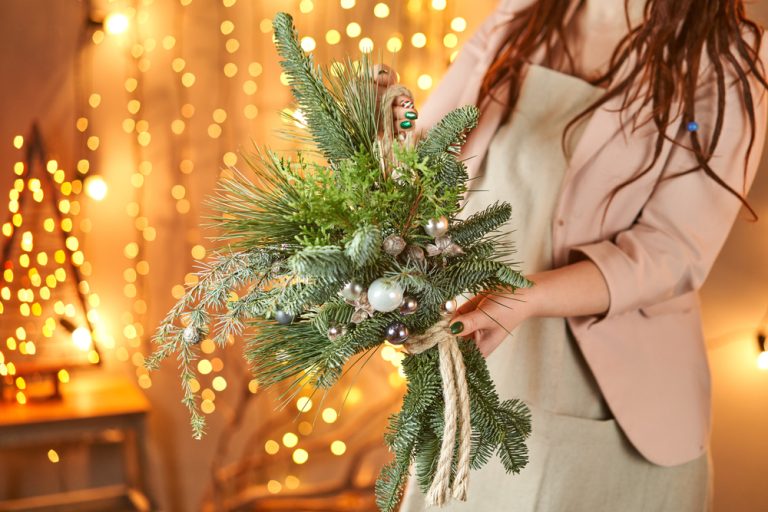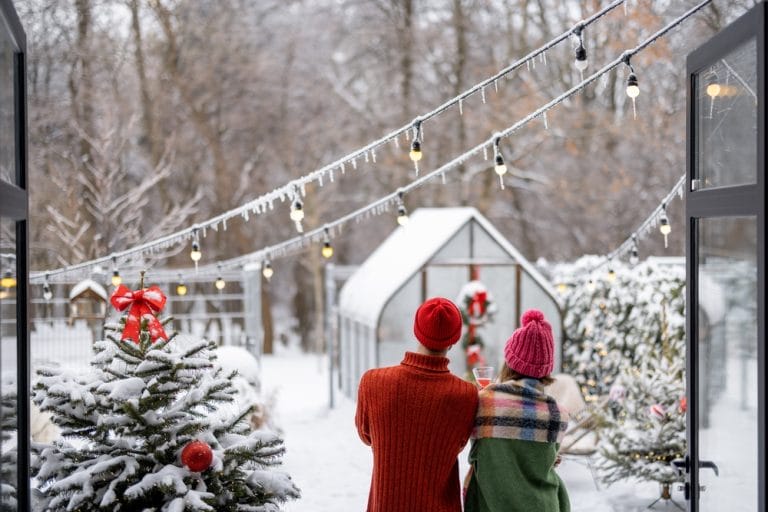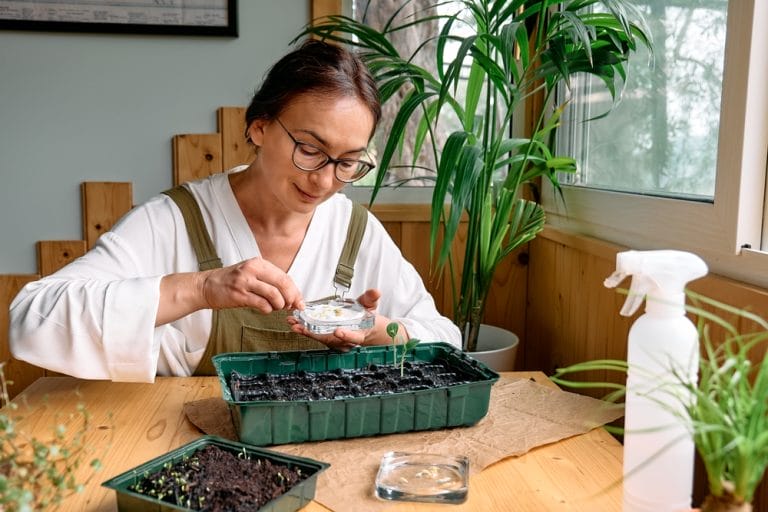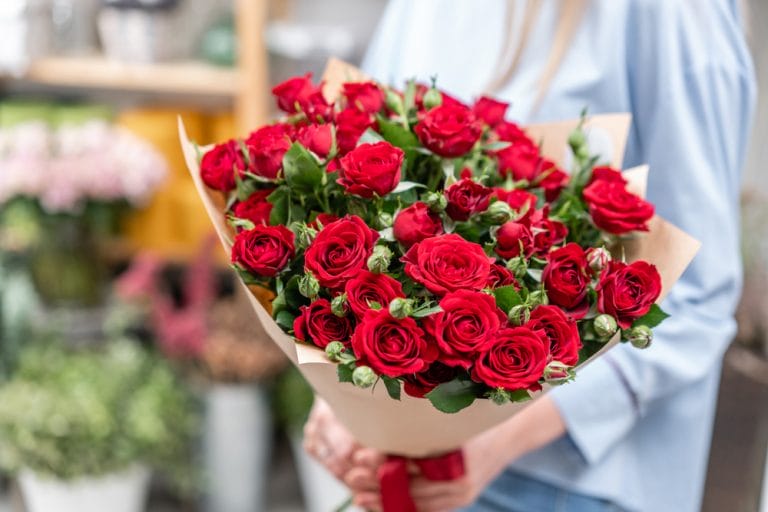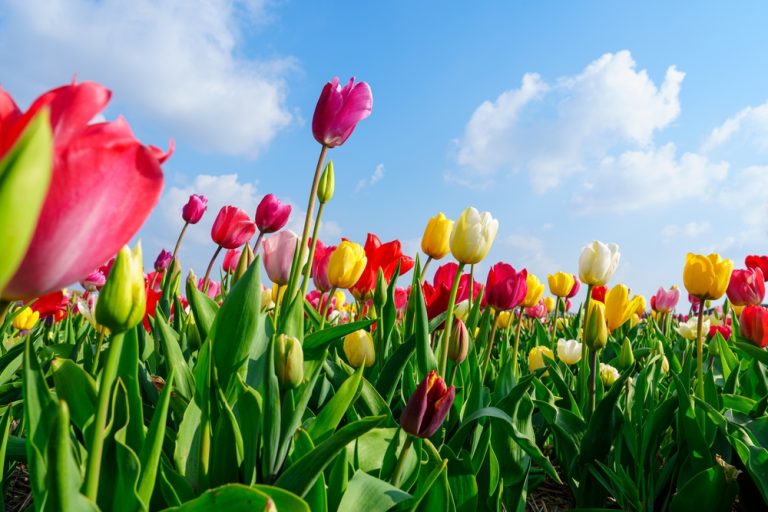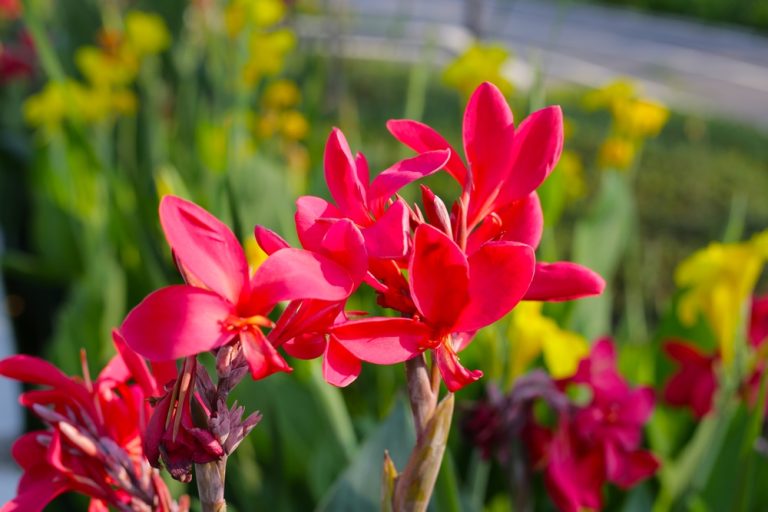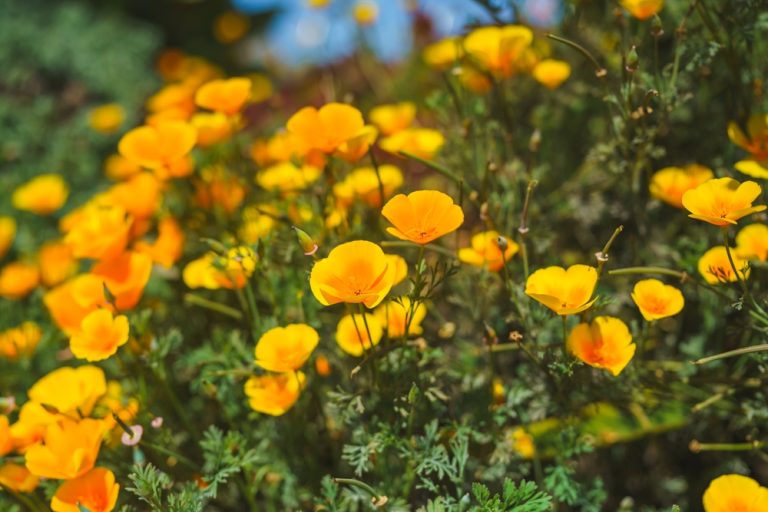Gardening has never been this thrilling. From the quiet elegance of a tiny leaf to the drama of a bold, patterned bloom, plant collectors are on the hunt for specimens that spark joy, curiosity, and a hint of envy among fellow enthusiasts. This year, rare and unusual plants are taking center stage, captivating hobbyists and…
flowers
8 Exotic Flowers Gardeners Are Secretly Trading Right Now
Gardening isn’t just about trimming hedges and planting petunias anymore. Somewhere between the buzzing of bees and the hum of sprinklers, a secret world of exotic flora is quietly thriving. Gardeners aren’t just growing flowers—they’re hunting for the rarest, most jaw-dropping blooms that feel more like treasures than plants. From orchids that look like they…
Do You Know Which Plants Are Secretly Poisonous in Your Backyard?
Your backyard might seem like a peaceful oasis, but lurking among the blooms and greenery could be a lineup of silent assassins. Some of the prettiest plants are the ones you should be most wary of, hiding dangerous toxins behind their charming colors or sweet scents. Kids, pets, and even unsuspecting gardeners can easily fall…
10 Winter Flower Arrangements You Can Pull from Your Garden
Winter doesn’t have to mean lifeless vases and dull dining tables. Even when the temperature drops and your garden looks like it’s taking a long nap, there’s still an impressive amount of beauty hiding in plain sight. Branches, berries, evergreens, and cold-hardy blooms can come together in dramatic, textured, and downright magical winter arrangements. With…
Design a Winter Garden That Looks Just as Good Without Flowers
Winter can feel like a sad, gray pause in the garden calendar, but it doesn’t have to be. A well-designed winter garden can be a visual feast without a single bloom in sight. Texture, color, and structure take center stage, transforming the outdoors into a captivating space even when flowers are long gone. With the…
Start These Seeds Indoors Now to Beat Spring Rush
Spring might still be hiding behind winter’s last cold breath, but every gardener knows the real race begins long before the snow melts. There’s something electrifying about cracking open a packet of seeds while the world outside still looks half-asleep. It feels like a secret head start, like you’ve discovered a cheat code the rest…
8 Flowers to Dry for Winter Bouquets
When the cold winds start blowing and frost nips at the garden, fresh blooms feel like a distant memory. But who says your winter home has to be devoid of floral cheer? Drying flowers is like hitting the pause button on summer and fall, preserving color, shape, and beauty long after the growing season ends….
The Perfect Time to Plant Tulips (Hint: It’s Colder Than You Think)
Tulips are one of those flowers that can make any garden feel like a fairytale. Their bright, cheerful colors seem almost magical after a long, drab winter, but getting them to bloom requires a little more strategy than simply sticking bulbs in the ground. Many gardeners assume tulips should be planted in early spring when…
How to Save Dahlias and Cannas Before Frost Turns Them to Mush
One minute, your garden looks like a late-summer dream come alive, with dahlias shining like jeweled fireworks and cannas standing tall like confident tropical dancers. Then, almost overnight, a cold snap slides in, the air turns sharp, and suddenly everything you love could collapse into soft, disappointing mush. Gardeners know this heartbreak deeply. The colors…
7 Flowers That Self-Seed and Return Next Spring
Picture this: a garden that magically comes back to life every spring without you lifting a finger. No digging, no replanting, no long afternoons spent covered in dirt wondering if you spaced the seeds correctly this time. Just bright, cheerful blooms that pop up year after year like loyal friends returning from vacation. Sounds like…
